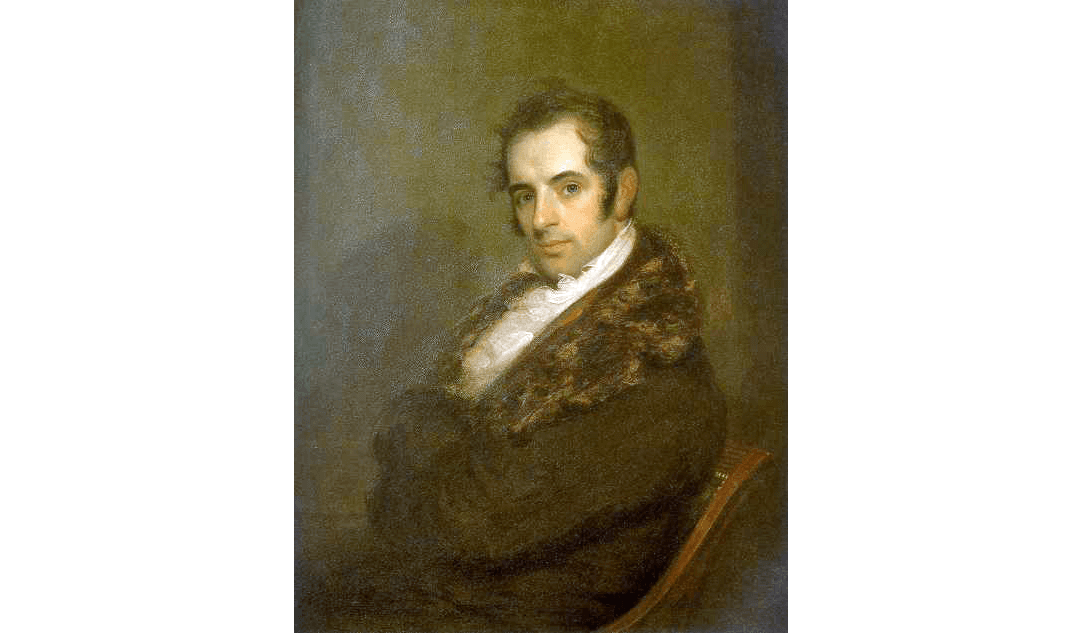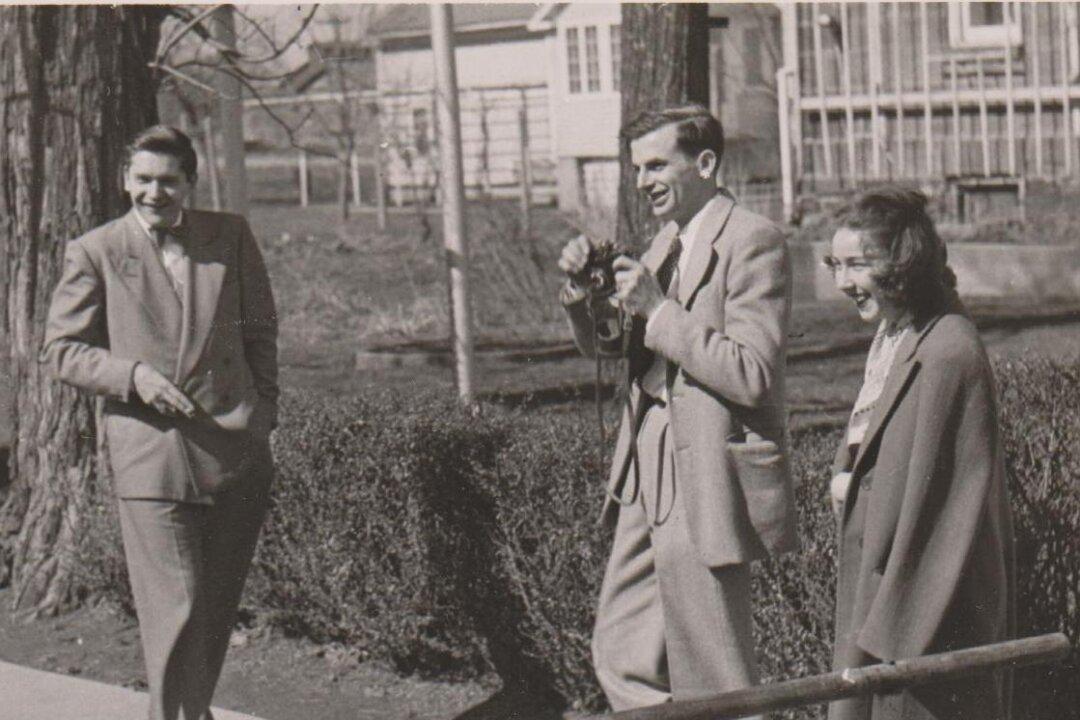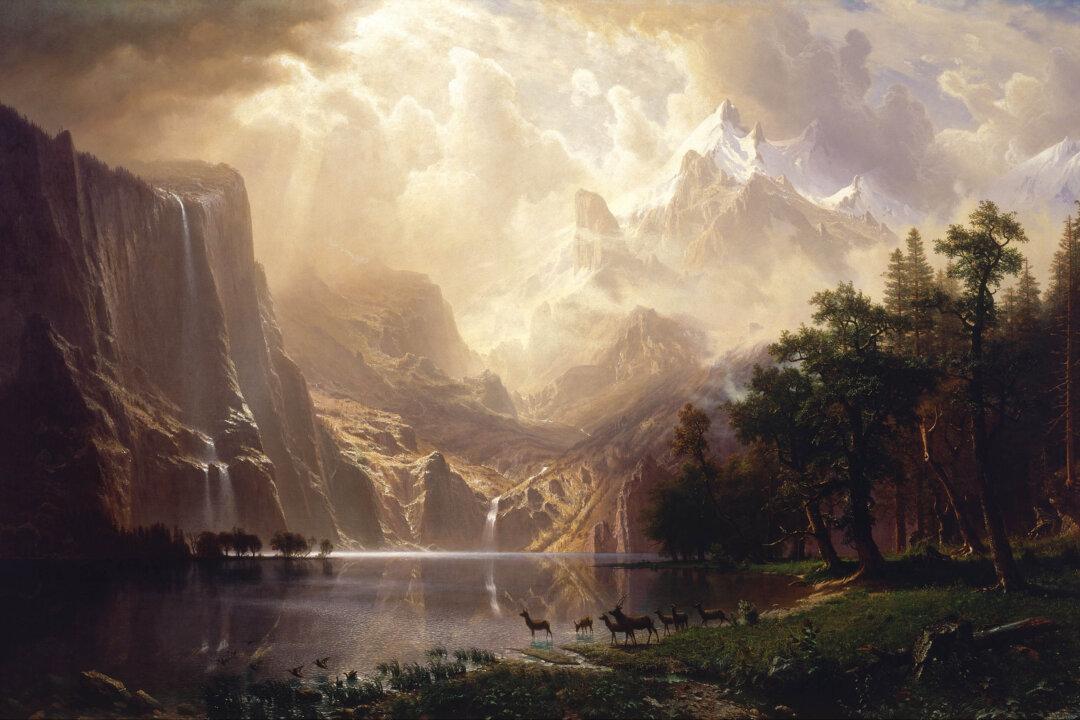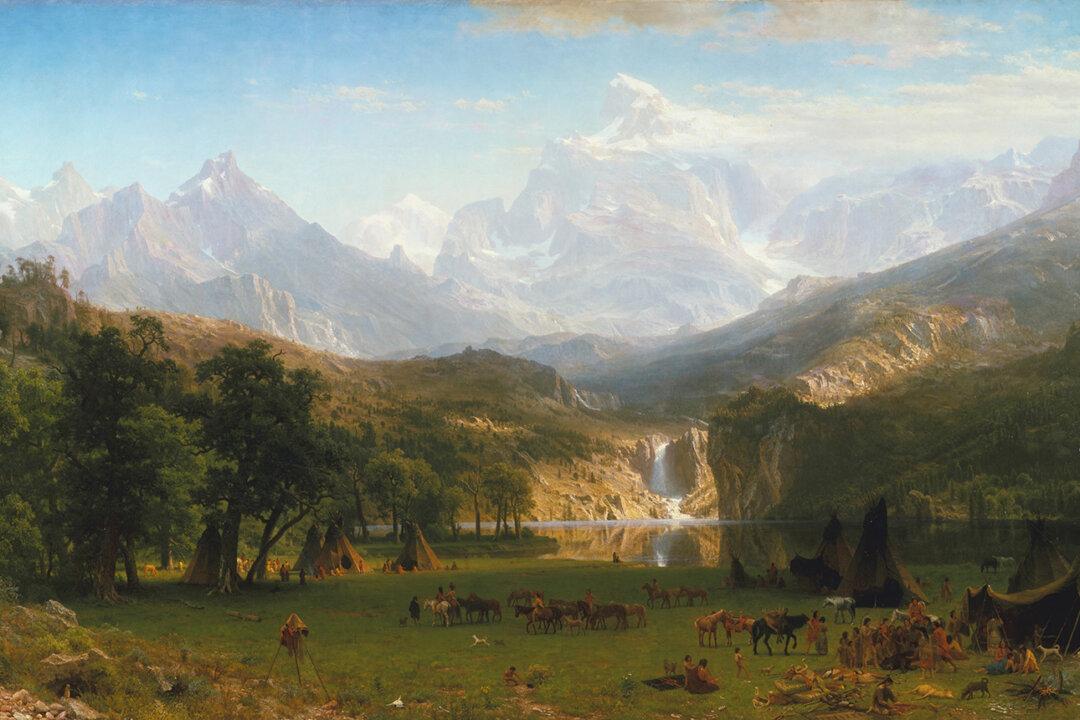Washington Irving’s brief autobiographical essay “The Author’s Account of Himself” opens his book of numerous writings titled “The Sketch Book.” First published in London in 1809, this slightly satirical introductory essay gives a brief glimpse into Irving’s admiration for his blossoming American continent:
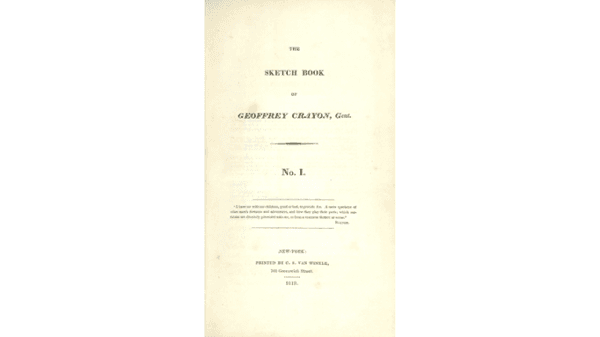
Cover page of "The Sketch Book," 1819, by Washington Irving. Public Domain

